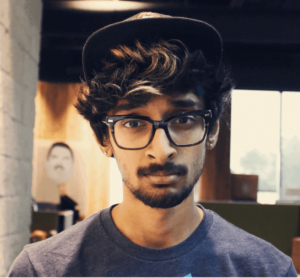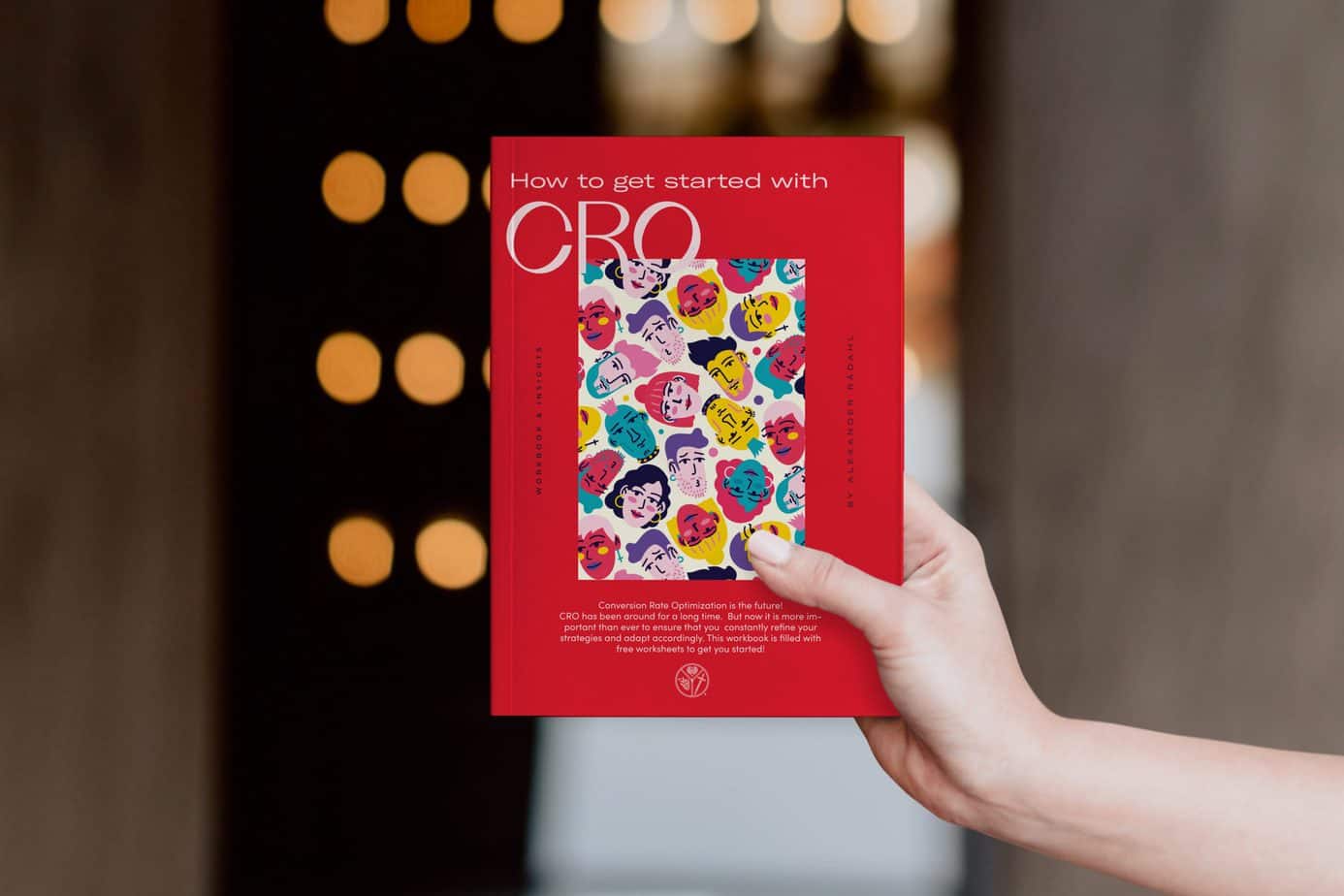Product designers and UX designers are both involved with the design of a product. However, product designers also have an eye for how well the product works with customer experience, while UX designers focus on the user’s interaction with the design itself. This article will help you understand what sets them apart from each other and their similarities so that you can better navigate your career path!
The difference between product design and UX design is that the latter focuses on making sure a user’s experience with an app or website flows smoothly, while the former does more of the physical aspects. This means that UX designers are in charge of ensuring that it looks good, feels nice to use — whatever makes for a pleasant interaction! Product designers don’t deal with this stuff because they’re designing how something works (or even what it should look like).
The two roles work together. There is no product design vs. UX design. Product designers have a more significant responsibility to see how the different parts of the product interact with each other. If they’re designing for a phone, this means making sure that OS matches up well with touch and motion controls on screen as well as physical buttons on the side of it; if it’s a laptop or desktop computer, then hardware design needs to be just right so you can comfortably use all port and connect displays without feeling overwhelmed by cables after opening your new gadget package.
The primary responsibility of the UX designer is to make sure that the user can easily do what they set out to do on the digital part of the product.
Product designers and UX designers also use different tools to do their jobs. For example, product design is typically done in a CAD program like AutoCAD, while UX designs are either created using Figma, Adobe Xd, or Sketch.
Product Designers have more of an incentive to see the big picture because they need to consider all parts working together as one product.

When I asked the industry veteran Viputheshwar Sitaraman what he thinks is the difference between UX design and product management, his answer was insightful. He has worked as a design consultant for companies ranging from high-growth startups to Fortune 500 companies and has seen many different ways of developing a product firsthand.
He believes that the roles have distinct responsibilities that need to be taken into account, and he says: “The linchpin differentiator is that a UX designer is solely focused on the user experience, whereas a product designer is concerned with overall business goals (including user experience).”
Sitaraman continues: “The core difference between a UX designer & a product designer is their relationship with high-level business development goals and key performance indicators (KPIs).”
On the specifics of the UX designer role, he tells me: “UX designers’ primary / only KPI is user satisfaction with the customer experience. As such, much of a UX designer’s job focuses on optimizing, improving, and innovating customer flows.”
He further elaborates that the product designer is responsible for seeing the bigger picture of a product or project: “Product designers’ KPIs tie to the business as a whole: such as expanding into new markets, building organic growth engines, or increasing trial-to-conversion rates. As you can imagine, these kinds of decisions are far different from the experience design tasks typical of a UX role.”
A UX designer is primarily focused on the usability of products, whereas a product designer works more on the overall feeling and experience of the product as a whole. Product designers are more often than not UX designers, but they work primarily on the feel and usability of a product.
The UX product designer job description can contain many areas of responsibility. I've listed some specific for a product designer definition below:
Nolan Perkins, the Senior Experienced Designer at RadCollab, firmly believes that most of the responsibility lies with the UX designer, but that it can depend on the organization. He tells me:
“Depending on the size of the company, product designers can start at any of those previously mentioned steps. They could start from a report or insight, and they could be given user stories or start with wireframes. No matter where they begin, product designers usually will be the ones that take it to full high-fidelity mockups.”

Product designers and UX designers are very different jobs, but at the same time, they’re not. Both have a significant impact on the products that people use every day.

A UX designer is more technical and solves problems through research, design engineering, or prototyping, while a product designer creates a visual and thought through experience with the product. Both job roles inform many aspects of a product — from its marketing-facing features to interface screens — to work well together as one cohesive unit so make sure you hire the right person for each position!
Well, that depends on your perspective. There are no cons from a certain point of view because you get to take responsibility for the end product and users’ happiness.
However, from another perspective, it would seem as though one of the most significant challenges is making sure you have enough time in your day to prototype or experiment with features without forgetting about deadlines and budgets.
Another con is that it takes a lot of determination and motivation to make it in the industry. This describes all high-paying jobs, but more so with product design than others because good processes can’t be mirrored without experience.
It’s not just about making something look pretty and being able to understand visual composition, and it’s also about understanding creative problem-solving.
UX designers are an integral part of the design process, taking care to ensure that each project is given individualized attention and detail. From researching before even drafting a wireframe or making changes on one section at a time, UX designers have their hands in every aspect of a product’s development.
UX Designer: so many things can describe this job title, from working on the whole process to focusing on research. UX designers are often diverse in their interests, with some being more interested in the project as a whole and others enjoying specialized design work, like prototyping. Some recruiters might be looking for UX designers that can do it all, but they’re asking too much of one person to maintain high knowledge across various disciplines at once.
Another con I often hear is that UX requires a lot of dedication and can sometimes feel overwhelming with all the information that is out there to absorb. But that’s also why UX designers are so valuable to the product development process. We learn how to come through the information and research process and present the findings in a way that is understandable and moves forward design decisions.
Product designers can work on many domains, whether UI design, business strategy, or architecture. They allow creatives and people from different backgrounds to come together in one place to create meaningful things.

Product designers are rare people who shape an organization’s culture through impressionable engineering mindsets and extreme empathy. They do this by devising new products that solve diverse problems in a meaningful way. Product design is mainly about problem-solving, but they also help balance function with form, day in and out. And even when it feels like you’ve had enough for one day, there’s always something new just waiting at your doorstep — so keep growing, keep solving problems!
I would also like to mention that Product Designers are not limited in their production, whether UI design, business strategy, or architecture. They allow creatives and people from different backgrounds to come together in one place to create meaningful things.
Product Designers can be found across multiple industries because they have the skill set necessary for so many different fields! Ultimately Product Designers must adapt themselves like a chameleon with the ability to handle any situation — which makes them quite valuable employees all around.
UX designers are in-demand, well-paid professionals who have the power to make a difference when it comes to designing seamless experiences. The UX designer is typically creative and collaborative by nature; this means that they can work with others from various backgrounds as needed and across devices or platforms like mobile.

The work can be demanding, but the opportunities for personal growth are tremendous. You may find that this direction will be invigorating for anyone who loves to learn about how technology works. Human/computer interaction models are constantly changing, and they have a lot of influence on our behavior, so that you might feel like the intersection between business needs is also an area where your skills would make a difference.
UX design jobs tend to spend time meeting with users or customers and conducting research into their behaviors, wants, and needs as related to products or services. This information helps them create prototypes and wireframes that showcase new designs before they’re implemented, providing insight into what could improve customer conversion rates or increase revenue streams down the line.
I talked with three people from the industry and asked them what they think is needed to make a great career in either field.

Lindsey Allard, CEO and Co-Founder of PlaybookUX told me:
You might be cut out for UX design if: you have experience in user research or user testing processes; creating persons and getting in the mind of the user; someone who can think objectively and critically; and (essential) you need to understand the UX process.
You might be cut out for product design if: qualified with tools like Adobe, Sketch, and more; a strong desire for design, what looks good, and how to tie in branding across multiple platforms; able to keep up with trends; being able to turn a vision into a design.
While they are similar — and many UX designers can thrive as product designers (and vice versa) — there are distinct differences, especially regarding how you will operate within the company.
UX has been a passion of mine for some time, and I’m deep into my career in UX design, but there was a time when I could have crossed over to the product design side of things. Most of the difference has come from the approach we take to our projects and our goal for when we feel we are completed.
Nolan Perkins, the Senior Experienced Designer at RadCollab, told me:
It’s my opinion that newcomers shouldn’t specialize in either Product Design or UX Design because both are higher-level positions. Instead, avoid specialization and gain demonstrable foundations in UI and UX design so that they can find a hybrid role to build on before deciding which specialization they prefer.
Viputheshwar Sitaraman, a Digital Consultant, told me:
Being a UX designer requires the ability to predict user behavior through interaction design. Designers with a keen sense of user behavior, UI flows, accessibility & more will thrive in UX design roles, driving growth by identifying friction points & new opportunities to enhance the customer experience.
On the other hand, product designers are expected to identify new opportunities to expand the value proposition as a whole. As such, business & marketing-minded individuals with a good understanding of the broader market (i.e., competition, trends) can thrive in product design roles by unlocking revenue opportunities through incremental product improvements & new features.
Nevertheless, both product & UX design roles require a deep & up-to-date understanding of modern trends (whether of business & markets or user behavior and interaction, respectively) — which is why it’s so important to find which you care about/enjoy most!
Great question. UX designers and product designers have very different skill sets, with the responsibilities of each being unique. To give you a general idea of the distinctions, I’ll outline what is typically assumed by either in relation to the people they are serving.
First, if you haven’t learned any technical experience and have only studied design, then the path to becoming a UX designer is going to be a little more complicated. User research methods are heavily rooted in UX techniques, so I would say the first step is to gain some technical skills to help you explore user needs through different means like prototypes and other activities that will take some time to study.
Quick tips:
You have two primary routes to becoming a product designer. The first is through professional design schools that offer product design degrees for aspiring designers. The other is getting an engineering degree and then working your way up the corporate ladder to a position of responsibility. Many people initially enter their profession with experience in different areas, but deciding on which route you will take can change your entire career trajectory!
Quick tips:
I hope your face looked like this when you started reading, but not anymore. (And yes, I love Real Housewives, it’s my guilty pleasure)
Product designers create the design for a product. UX designers use research and data to make informed decisions about what is best for their user’s experience with that particular product. Product designers will often work in conjunction with UX designers, but it varies depending on how large or small the company may be. A senior-level UX Designer could do both jobs if needed!
Additionally, some people think of UI Designers as the same thing as Product/UX Designers because they are typically involved early in the development process (either at the concept phase or when wireframes are being developed). However, this isn’t always true; there are plenty of instances where an organization has a separate team dedicated solely to UI Design. In short:
Sorry — you just can’t define a UX designer or a product designer by one single thing!
What are your thoughts on the difference between the roles? I would love to hear your opinion in the comments of the article. You can also send me an email to be featured in my next article!
Please also check out my website for more of my work, and I also have a look coming out soon! You can also find me on Twitter and Instagram.